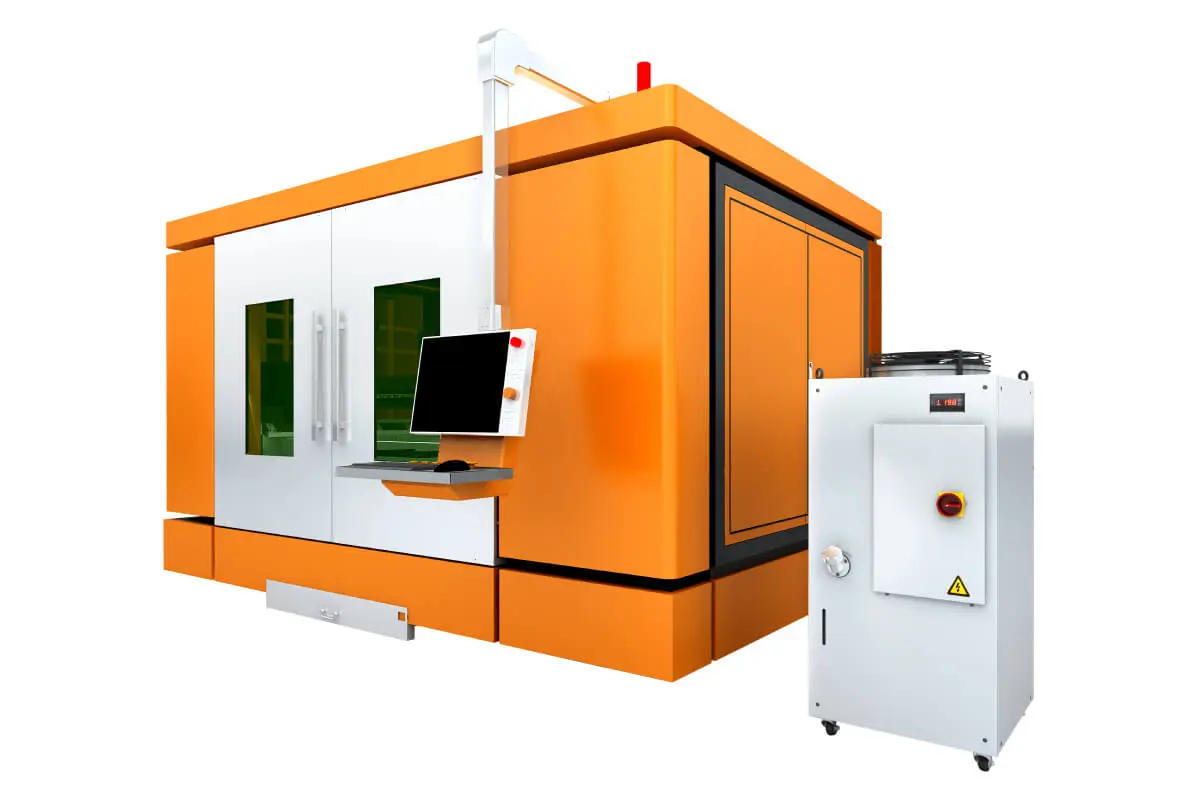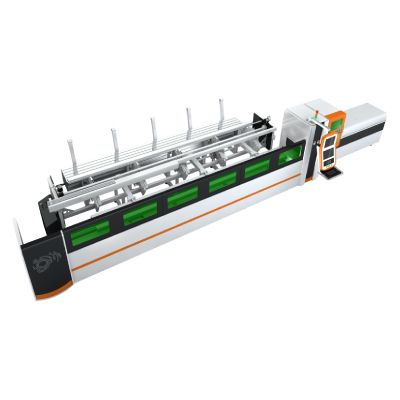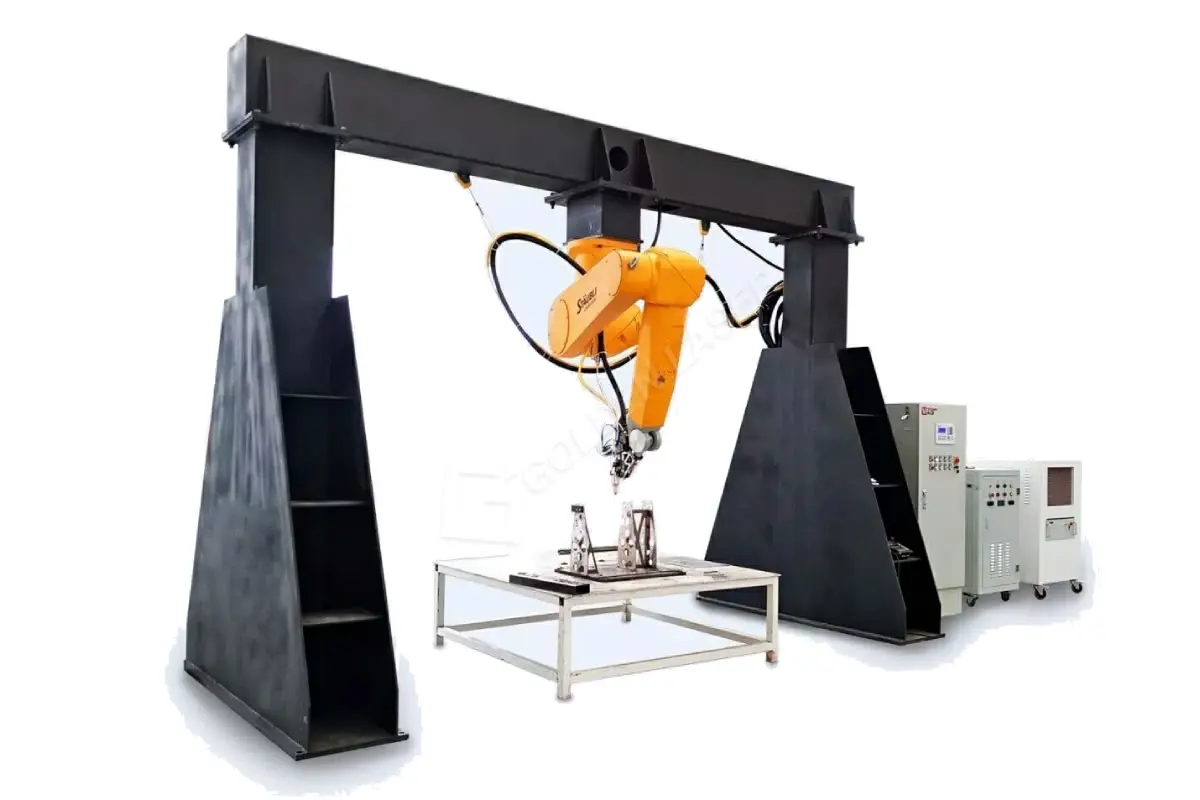****
In the realm of modern manufacturing, precision and efficiency are paramount. Among the various technologies available, laser cutting has gained significant recognition for its ability to produce intricate cuts and designs swiftly and accurately. Laser cutting carbon steel machines are at the forefront of this technology, transforming how industries approach metal fabrication. This article explores the benefits, applications, and the impact of laser cutting carbon steel machines, providing insights into why they have become indispensable tools in contemporary manufacturing processes.
What is Laser Cutting?
Laser cutting is a technology that uses a high-powered laser beam to slice through materials with high precision. The laser focuses light into a narrow beam, which generates temperatures sufficient to melt, burn, or vaporize the material. This process allows for extremely high accuracy, cutting through carbon steel sheets of varying thicknesses with minimal kerf, thereby reducing waste and improving yield.
Benefits of Laser Cutting Carbon Steel Machines

Understanding the Benefits and Applications of Laser Cutting Carbon Steel Machines in Modern Manufacturing
1. **Precision and Accuracy**: One of the most significant advantages of laser cutting carbon steel is its unparalleled precision. The laser can create complex shapes and fine details that would be impossible or challenging to achieve with traditional cutting methods. This accuracy leads to better fitting components and minimizes the need for additional machining or finishing processes.
2. **Speed and Efficiency**: Laser cutting machines can operate at high speeds, significantly reducing production times. As manufacturing industries strive for efficiency, the speed at which a laser cutting carbon steel machine can operate is a crucial factor. Fast cutting speeds not only improve throughput but also help maintain a competitive edge in the market.
3. **Minimal Material Waste**: The fine beam of the laser results in very little waste material during the cutting process. This efficiency is particularly important in industries where material costs are high. By maximizing the use of carbon steel sheets, manufacturers can save money and reduce their environmental impact.
4. **Versatility**: Laser cutting carbon steel machines are incredibly versatile and can handle various thicknesses and types of carbon steel, whether it’s mild steel or high-strength steel. This versatility allows manufacturers to use the same machine for multiple applications, including automotive parts, construction materials, and fabricated components for different industries.
5. **Automation and Easy Integration**: Many modern laser cutting machines are designed for automation and can easily integrate with computer numerical control (CNC) systems. This integration allows for automated production lines where designs are created digitally and transmitted directly to the machine, minimizing human error and optimizing production workflows.
Applications of Laser Cutting Carbon Steel Machines
The applications of laser cutting carbon steel machines are vast and span various industries. Some notable applications include:
1. **Automotive Industry**: Laser cutting is widely used in the automotive sector for producing components such as chassis, brackets, and body panels. The ability to cut complex shapes with high precision is crucial for the fit and function of automotive parts.
2. **Construction and Architecture**: In construction, laser cutting machines can create intricate designs for metalwork, such as railings, supports, and decorative structures. The ability to customize designs according to architectural specifications allows for more creative freedom.
3. **Aerospace**: The aerospace industry demands high precision and lightweight materials. Laser cutting carbon steel is used for cutting parts and components that must meet stringent regulations and tolerances while ensuring structural integrity.

Understanding the Benefits and Applications of Laser Cutting Carbon Steel Machines in Modern Manufacturing
4. **Manufacturing Machinery**: Laser cutting is also employed in the production of machinery components, where precision parts are critical for the machines’ performance and reliability. This technology supports the creation of custom parts for various manufacturing equipment.
5. **Art and Design**: Beyond industrial applications, laser cutting has found its place in the art and design world, enabling artists and designers to create unique metal sculptures, signage, and decorative pieces with intricate details and clean finishes.
Conclusion

Understanding the Benefits and Applications of Laser Cutting Carbon Steel Machines in Modern Manufacturing
The advent of laser cutting carbon steel machines has revolutionized the manufacturing industry by enhancing precision, speed, and efficiency while minimizing waste. Their versatility and ease of automation make them a vital component in various sectors, from automotive to aerospace and beyond. As technology continues to evolve, laser cutting will likely become even more sophisticated, enabling innovations that push the boundaries of what’s possible in metal fabrication. For businesses looking to optimize their production processes and maintain a competitive edge, investing in laser cutting technology is not just beneficial but essential. Chinese Laser Cutter




